What is self-regulation?
In the context of the MYP personal project, self-regulated learners exercise their agency; set personal learning goals to acquire knowledge and skills; demonstrate their consolidation of their learning through making a product. Throughout the personal project making process, students identify and practice strategies to develop their approaches to learning skills and make strategic steps to achieve their personal project goals. In the process of completing their personal project, they monitor their engagement, reflect on what worked and what did not work, and make adjustment of their actions accordingly. In order to achieve the desired outcomes, students will need to identify what approaches to learning (ATL) skills is needed and what a new learning strategy is effective to help them achieve their goals. I think this is where students can benefit greatly from the supervisor's guidance. We should not assume that MYP Year 5 students have all the necessary skills and learning strategies. The conversation about what skills might help you (the student) in achieving the learning goal(s) and product goal(s) must be deliberate. Although they are MYP Year 5 students, it doesn't mean all their subject teachers have explicitly taught them ATL skills and provided them with specific strategies to develop particular ATL skills.
Personal Project Objectives & ATL Skills (2021)
Here are some examples of how ATL skills might be applied in different stages of completing the personal project:
References
- Pintrich, P. R., & Zusho, A. (2002). The development of academic self-regulation: The role of cognitive and motivational factors. In A. Wigfield & J. S. Eccles (Eds.), Development of achievement motivation (pp. 249– 284). San Diego, CA: Academic.
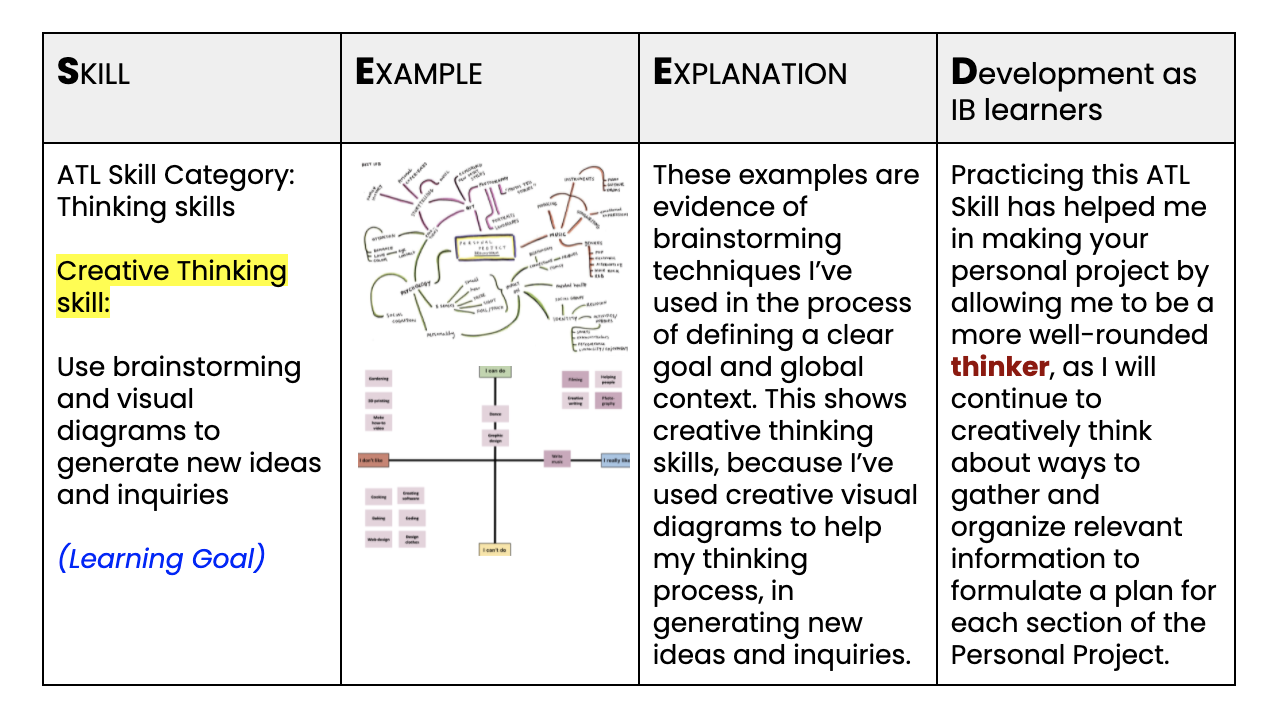
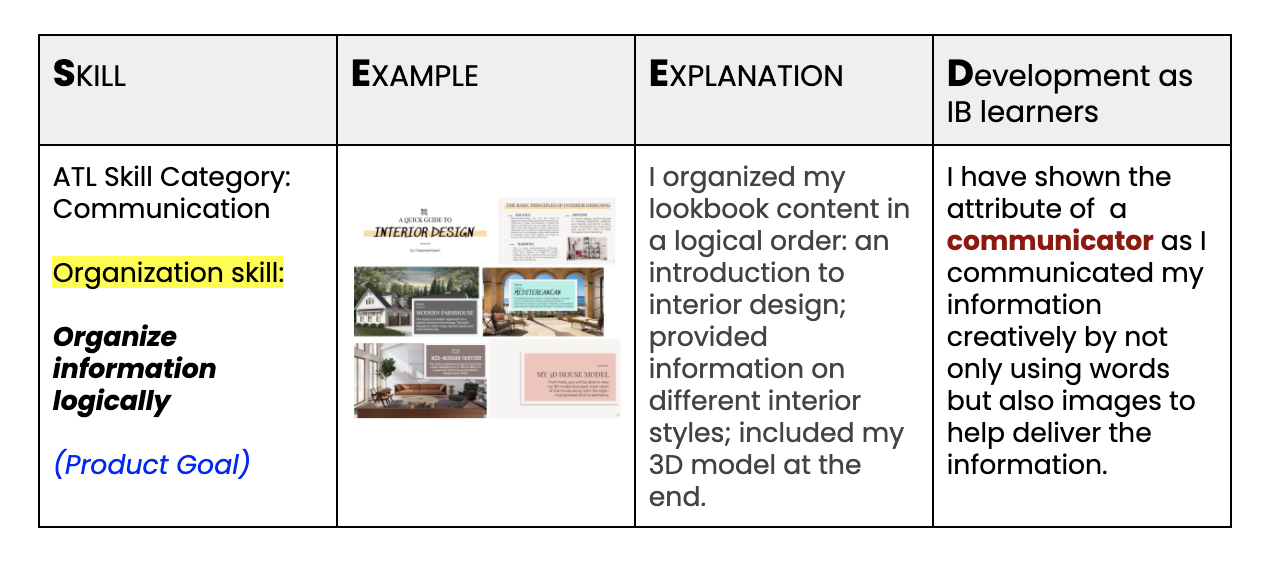
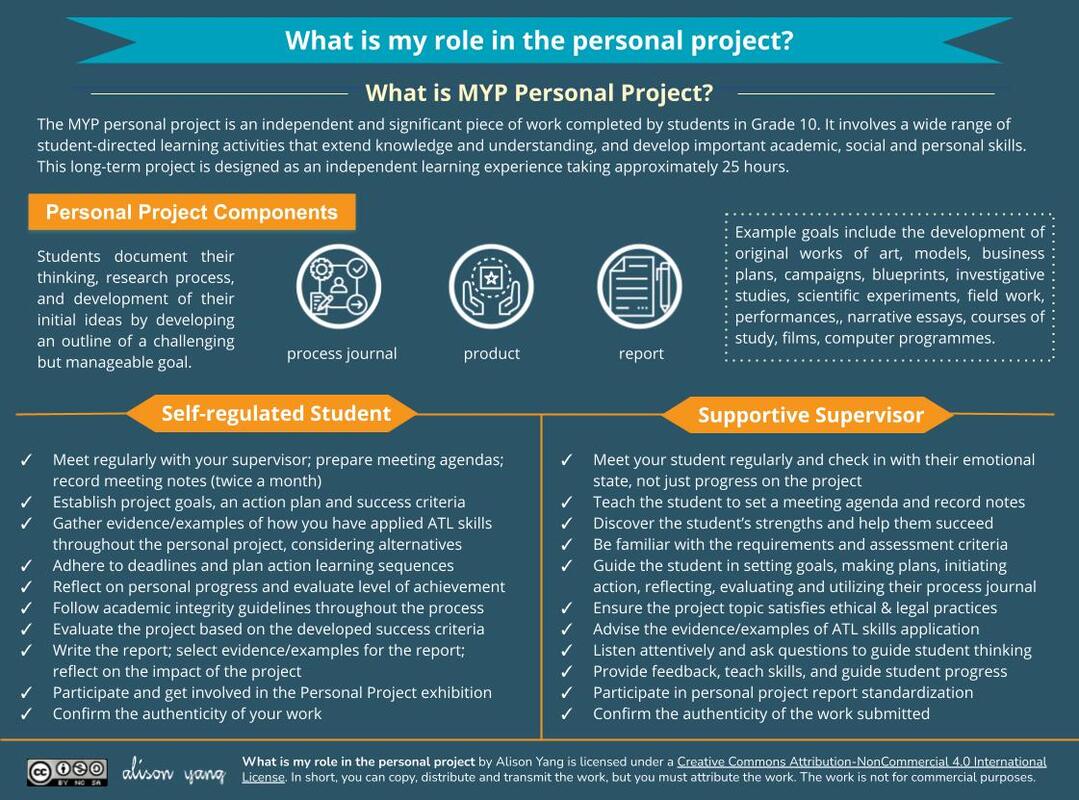
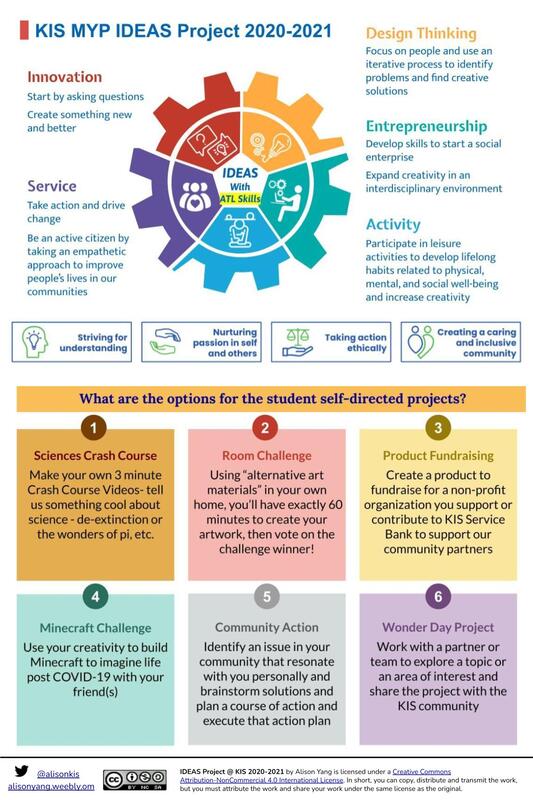
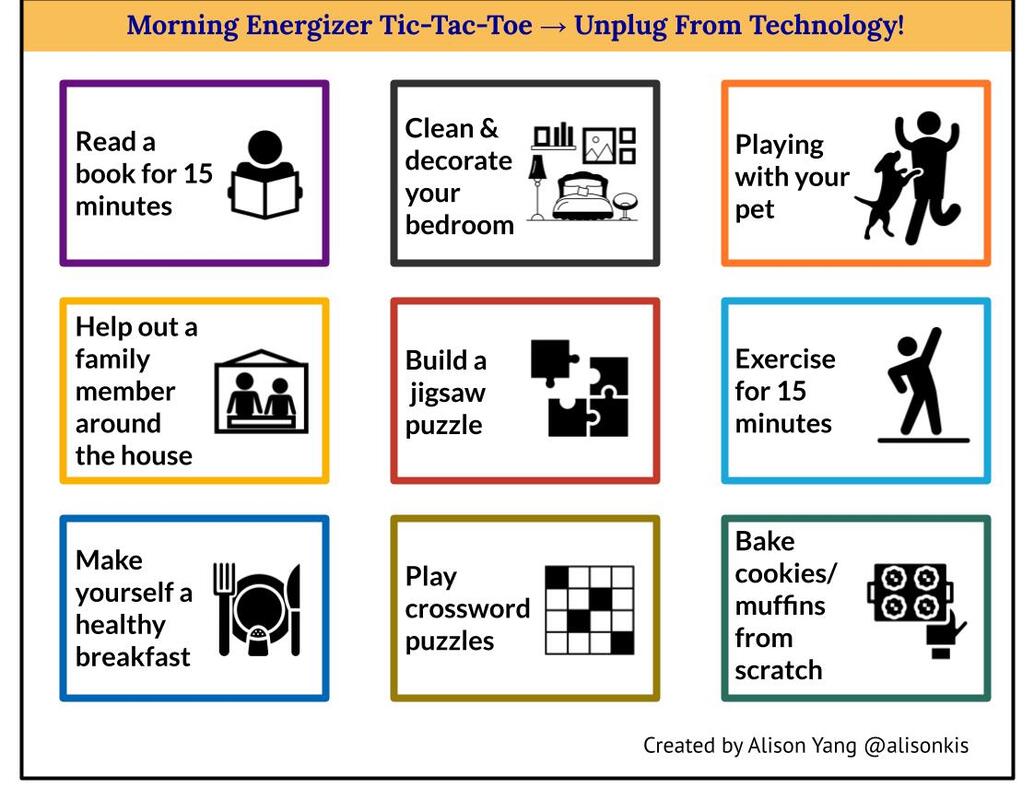
 RSS Feed
RSS Feed